Treating Insomnia by Meg Danforth
$219.99 $62.00
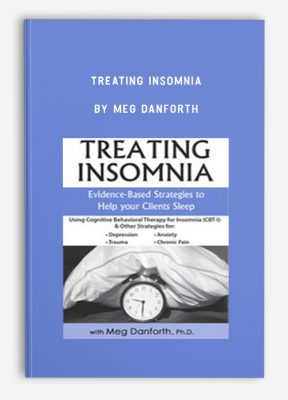
Treating Insomnia by Meg Danforth
**More information:
Get Treating Insomnia by Meg Danforth at Salaedu.com
Description
One of the biggest mistakes you as a clinician can make is NOT asking about the client’s sleeping habits. We all know the necessity of sleep – especially for those who are depressed, anxious, obsessively worried, or in chronic pain – yet often we overlook this. And worse, we think there’s nothing we can do to help them.
Join me, Meg Danforth, and I’ll show you successful, proven techniques I’ve developed over the last decade on how to optimize your clients sleep – without medication!
Discover evidence-based strategies to help your clients increase energy during the day, sleep more deeply, and re-initiate sleep after hot flashes, panic attacks or nightmares. The strategies I will show you can be easily integrated into existing treatment for depression, chronic pain, trauma and anxiety.
Take the next step and join me today, I will help you learn new assessment tools, step-by-step CBT, and counter-arousal strategies that your client can immediately use. My engaging workshop will include discussion of case vignettes, experiential exercises, examples of sleep logs and other tools to use in your clinical practice.
Sleep Regulation
- Sleep homeostasis
- Behaviors that interfere with the build-up of sleep-drive
- The circadian system
- Behaviors that interfere with optimal timing of sleep
- Arousal system: behaviors that cause conditioned arousal and cognitive emotional hyperarousal
Assessment
- How to get useful information from sleep diaries
- The difference between sleepiness and fatigue
- When to make a referral to a sleep clinic
- Other assessment issues
Sleep Medications
- Why some medications do not work
- CBT-I as the most effective and longer lasting treatment
Cognitive Behavior Therapy for Insomnia (CBT-I)
- Sleep Restriction Therapy (SRT): Restore the Sleep Drive
- Calculate optimal time-in-bed prescription
- Collaborate on the best “sleep window”
- Special cases: when to use sleep compression instead
- Stimulus Control (SC): Addressing Conditioned Arousal
- Select an optimal standard rise time
- Fatigue management strategies to eliminate napping
- Special cases: when to use counter control instead
- Combining SC and SRT in one-session CBT-I
Counter-Arousal Strategies
- Identify and change negative thoughts that keep people awake
- Behavioral experiments
- Thought records
- The buffer zone
- Socratic questioning
- Structured, scheduled problem-solving
- Mindfulness
- Troubleshooting difficulties with adherence
- High sleep anxiety vs. high arousal
- Awakenings from pain, hot flashes, panic or nightmares
- Using light and activation in those with depression
Modifications to CBT for Insomnia in Complex Cases & Comorbidity
- Major Depressive Disorder
- Chronic pain
- Anxiety disorders
- Post-Traumatic Stress Disorder
Implementation Issues
- Relapse prevention
- Delivery issues
More information about Medical:
Medicine is the science and practice of establishing the diagnosis, prognosis, treatment, and prevention of disease.
Medicine encompasses a variety of health care practices evolved to maintain and restore health by the prevention and treatment of illness.
Contemporary medicine applies biomedical sciences, biomedical research, genetics, and medical technology to diagnose, treat, and prevent injury and disease,
typically through pharmaceuticals or surgery, but also through therapies as diverse as psychotherapy, external splints and traction, medical devices, biologics, and ionizing radiation, amongst others.
Medicine has been around for thousands of years, during most of which it was an art (an area of skill and knowledge) frequently having connections to the religious and
philosophical beliefs of local culture. For example, a medicine man would apply herbs and say prayers for healing, or an ancient philosopher and physician would apply bloodletting according to the theories of humorism.
In recent centuries, since the advent of modern science, most medicine has become a combination of art and science (both basic and applied, under the umbrella of medical science).
While stitching technique for sutures is an art learned through practice, the knowledge of what happens at the cellular and molecular level in the tissues being stitched arises through science.
1 review for Treating Insomnia by Meg Danforth
Add a review Cancel reply
Related products
HEALTH - FITNESS - LIFESTYLE - MEDICAL
HEALTH - FITNESS - LIFESTYLE - MEDICAL
Somatic Interventions for Treating Complex Trauma with Janina Fisher, Ph.D. from Janina Fisher
HEALTH - FITNESS - LIFESTYLE - MEDICAL
HEALTH - FITNESS - LIFESTYLE - MEDICAL
HEALTH - FITNESS - LIFESTYLE - MEDICAL
HEALTH - FITNESS - LIFESTYLE - MEDICAL
HEALTH - FITNESS - LIFESTYLE - MEDICAL
HEALTH - FITNESS - LIFESTYLE - MEDICAL

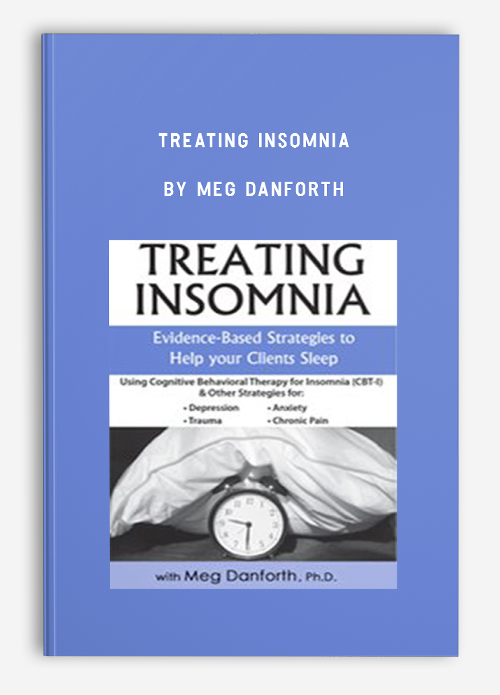

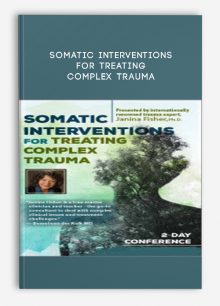
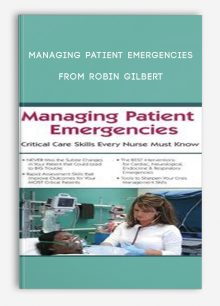
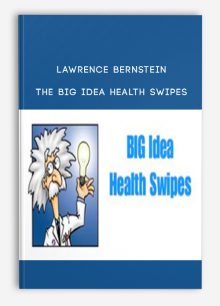



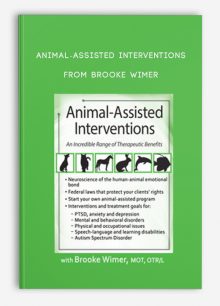
Trevis Trevis –
We create this shop with the mission: Bring the courses to 500 millions of people in the world, to help them awake their power and change their